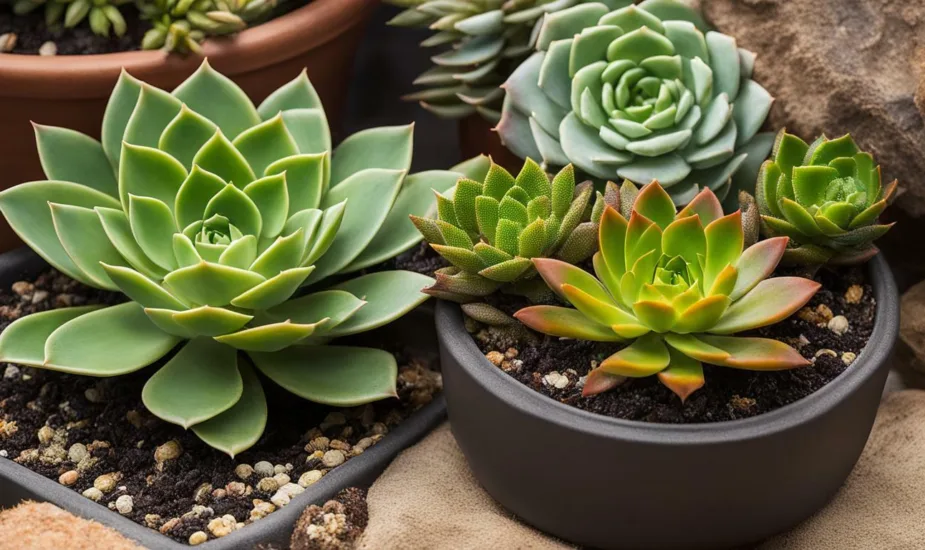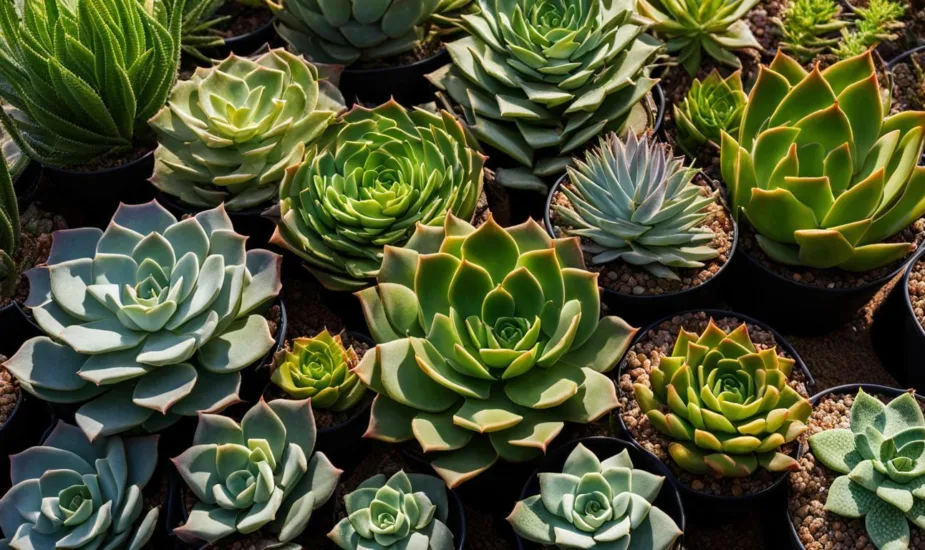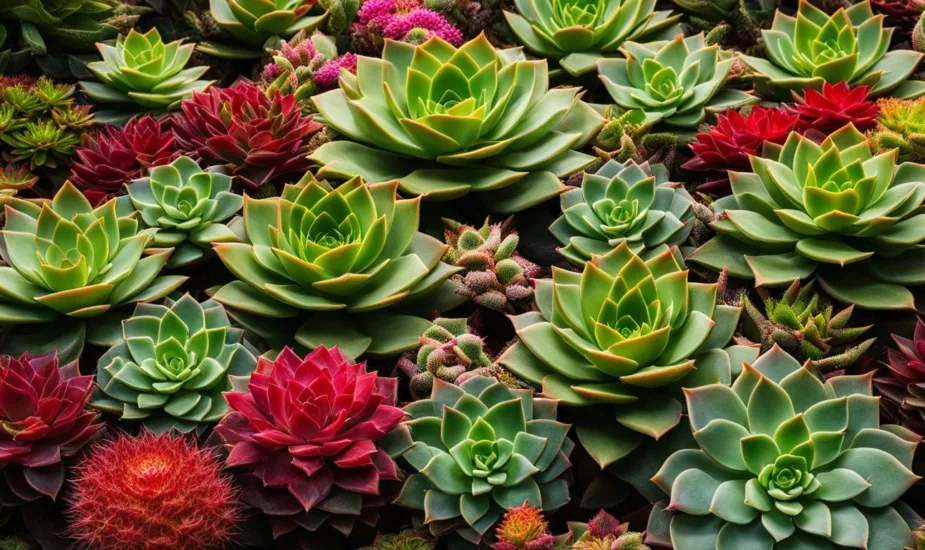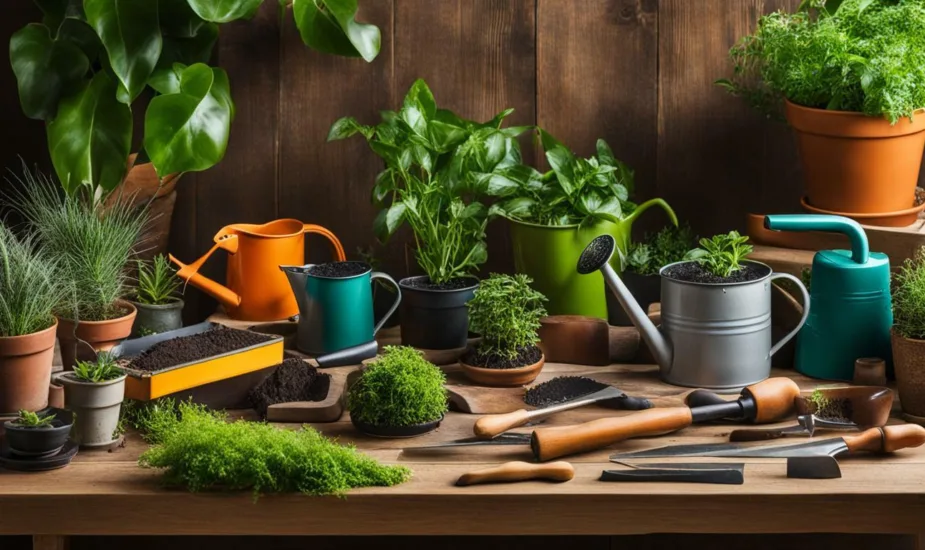Green Oasis at Home: Backyard Urban Gardening Tips
If you are looking for a way to connect with nature and create an oasis of greenery in your own backyard, look no further than backyard urban gardening. This popular trend has taken off in recent years, as more and more people seek to grow their own food and beautify their outdoor spaces.

But where to begin? Whether you are an experienced gardener or just starting out, there are plenty of tips and tricks to help you make the most of your backyard urban garden.
Key Takeaways:
- Backyard urban gardening is a great way to grow your own food and connect with nature.
- With the right tips and techniques, even small spaces can be transformed into thriving gardens.
- Organic gardening methods and sustainable practices can help minimize the environmental impact of gardening in an urban setting.
- Common challenges in backyard urban gardening can be overcome with practical solutions and careful planning.
Getting Started with Backyard Urban Gardening
Small space gardening is a perfect solution for urban environments where the lack of outdoor space can be a challenge. Container gardening, in particular, is an excellent way to grow a variety of plants in a limited area.
When selecting containers for your small space garden, consider the size and type of plant you want to grow. Plants that require deep roots, such as tomatoes, need larger containers, while shallow-rooted herbs can do well in smaller containers. Additionally, choose containers made of materials like terracotta, plastic, or wood that are durable and weather-resistant.
When it comes to selecting plants, opt for ones that are suitable for container gardening. Some popular choices include cherry tomatoes, lettuce, herbs like basil and thyme, and flowers like pansies and petunias. Make sure to choose plants that have similar light and water requirements to ensure they thrive in the same container.
Another important aspect of container gardening is soil quality. Use potting soil that is formulated for container plants and contains nutrients, organic matter, and drainage components. Additionally, consider adding compost or organic fertilizer to improve soil quality and support plant growth.
Tip: Consider incorporating vertical gardening techniques, such as trellises or hanging baskets, to maximize space in your small space garden.

Getting Started Tips for Small Space Gardening
| Tip | Description |
|---|---|
| Plan your space | Before starting your small space garden, plan the location and layout of your containers. Consider the amount of sunlight and shade in the area and group plants with similar light requirements together. |
| Water regularly | Container plants require regular watering, especially in hot and dry weather. Use a watering can or hose to water your plants deeply and avoid waterlogging the soil. |
| Control pests | Common pests like aphids and spider mites can be a problem in container gardens. Use organic pest control methods, such as neem oil or insecticidal soap, to control these pests and prevent damage to your plants. |
In summary, small space gardening can be a fulfilling and practical way to add greenery to your urban environment. With the right containers, plants, and soil, and by implementing key gardening practices, you can create a thriving garden even in limited outdoor space.
Organic Gardening in an Urban Setting
When it comes to backyard urban gardening, practicing organic gardening methods is crucial to promote biodiversity, healthy soil, and reduce the impact on the environment. In an urban setting, it’s important to design your garden in a way that maximizes space while minimizing waste and pollution.
One of the first steps to consider in organic gardening is selecting the right plants. Opt for plants that are native to your region, as they are better adapted to the local conditions and require less maintenance. When choosing plants, also consider their position in the garden. Plant taller crops such as tomatoes, peppers, and eggplants towards the back of the garden and smaller plants such as herbs, lettuce, and spinach towards the front.
Another key factor to consider in organic gardening is soil health. In urban areas, soil quality can be poor due to pollution and other factors. To combat this, aim to improve soil health by adding compost and organic fertilizers. These will help to enrich the soil with essential nutrients, improving water retention and promoting healthy plant growth.
Designing Your Urban Garden
The design of your urban garden plays a significant role in promoting sustainable practices. By incorporating strategies such as companion planting and crop rotation, you can reduce the risk of pests and diseases and promote biodiversity in your garden.
Companion planting involves planting different species of plants together that benefit each other. For example, planting marigolds near tomatoes can deter pests, while planting herbs such as basil and cilantro near vegetables can improve their flavor. Crop rotation involves changing the location of plants each year to prevent the buildup of soil-borne diseases.
Vertical gardening is also a great option for small spaces in an urban setting. By utilizing structures such as trellises and planters, you can grow plants vertically, saving space and increasing yields. Some great plants for vertical gardening include beans, cucumbers, and strawberries.

By following these organic gardening practices and designing your urban garden in a sustainable way, you can create a green oasis at home that not only benefits your health and well-being but also promotes the health of the environment.
Maximizing Space: Rooftop and Vertical Gardening
If you are limited on space but still want to enjoy the benefits of gardening, consider utilizing rooftops and vertical gardening techniques. With some creativity and planning, you can transform your rooftop or a wall into a thriving garden.
Rooftop Gardening
Rooftop gardening is a great way to increase your gardening space, while also reducing the urban heat island effect. When planning your rooftop garden, be sure to consider the weight of the garden and containers, as well as the accessibility of the space. It’s also a good idea to check with your building manager to ensure that the rooftop is safe and accessible for gardening.
When selecting containers for your rooftop garden, choose lightweight and durable options such as plastic or fiberglass. Be sure to also select plants that can thrive in the wind and sun exposure typical of rooftops. Some great options include succulents, herbs, and small vegetables like cherry tomatoes and peppers.
In addition to providing a beautiful garden space, rooftop gardens can also help to reduce energy costs by providing insulation for your home and reducing heat absorption by the building. It’s a win-win!

Vertical Gardening
Vertical gardening is an excellent solution for those with limited space and can be done both indoors and outdoors. This technique involves growing plants vertically, often in a tower or stacked system, to maximize space.
When selecting plants for your vertical garden, consider those that are compact and don’t require a lot of space to grow. Some great options include strawberries, lettuce, and herbs. It’s also important to choose plants that have similar water and sunlight needs when grouping them together.
Vertical gardening systems come in many different types, including fabric pocket systems, tiered planters, and trellis systems. Choose one that works best for your space and needs.
Whether you choose to utilize rooftops or vertical spaces, maximizing your gardening space can allow you to enjoy the benefits of gardening no matter how limited your space is!
The Benefits of Urban Farming
Urban farming is a fantastic way to enjoy the freshest produce without having to leave your home. By growing an edible garden in your backyard, you can enjoy the best of both worlds – the convenience of living in the city and the richness of fresh, organic produce.
One of the most significant benefits of urban farming is food security. With rising concerns about the reliability of food supplies, growing your own food provides a sense of reassurance and self-sufficiency. Additionally, growing your own food saves you money and reduces your carbon footprint by eliminating the need for long-distance transportation.
But urban farming also offers many personal benefits. There’s a sense of satisfaction that comes with growing your own food, and it’s a fantastic way to connect with nature. It’s also a rewarding activity that can be shared with your family and friends.

When it comes to urban farming, the possibilities are endless. You can grow everything from herbs, fruits, and vegetables to raise chickens or rabbits for fresh eggs and meat. By having a diverse range of produce available, you can create a sustainable food system, which supports a healthy, balanced diet.
In conclusion, urban farming is an excellent way to provide yourself with fresh, healthy food while also contributing to the environment and your own sense of wellbeing. With just a little effort and some careful planning, you can create a thriving, self-sufficient garden right in your own backyard.
Sustainable Practices and Urban Gardening
As a backyard urban gardener, it is important to embrace sustainable practices that minimize the environmental impact of your gardening activities. Here are some tips to make your backyard garden more sustainable:
Water Conservation
Water is a precious resource, and in urban environments, it is often scarce. To conserve water in your backyard garden:
- Water plants early in the morning or late in the evening to reduce evaporation
- Use a drip irrigation system to deliver water directly to the roots of the plants
- Collect rainwater in a barrel or other container and use it to water your plants
Composting
Composting is a natural process that converts waste materials into a nutrient-rich soil amendment. To compost effectively:
- Collect kitchen scraps, yard waste, and other organic materials in a compost bin
- Alternate layers of green materials (such as fruit and vegetable scraps) with brown materials (such as dead leaves and twigs)
- Keep the compost moist and turn it regularly to promote decomposition
Organic Fertilizers
Chemical fertilizers can harm the environment and reduce soil fertility over time. To keep your backyard garden healthy and productive:
- Use organic fertilizers, such as compost, bone meal, and fish emulsion
- Avoid synthetic pesticides and herbicides, which can harm beneficial insects and pollute the soil
- Rotate crops annually to prevent soil-borne diseases and pests

Incorporating sustainable practices into your backyard urban garden not only benefits the environment but also promotes healthier soil, plants, and food. By conserving water, composting, and using organic fertilizers, you can create a thriving garden that supports the local ecosystem.
Overcoming Challenges in Backyard Urban Gardening
Backyard urban gardening can be a rewarding experience, but it comes with its challenges. The limited space, unpredictable weather, and pest management can make it difficult to maintain a thriving garden. However, with the right techniques and practices, these challenges can be overcome.
Challenge #1: Limited Space
One of the biggest challenges of backyard urban gardening is limited space. However, with container gardening, you can grow plants in small spaces. Choose containers that are the right size for the plants you want to grow. Consider vertical gardening techniques as well, which are ideal for small spaces.
Challenge #2: Pest Management
Pests can be a major problem in urban gardens. To prevent pests from damaging your plants, use natural pest control methods such as companion planting and crop rotation. You can also use organic pest control products that are safe for the environment.
Challenge #3: Seasonal Considerations
Urban gardens are often affected by seasonal changes, particularly in colder climates. To overcome this challenge, consider planting cold-hardy vegetables and herbs. You can also extend your growing season by using cloches or other protective coverings for your plants.
Urban Gardening Tips
- Start small and gradually expand your garden as you gain experience.
- Choose plants that are well-suited to your climate and soil type.
- Water your plants deeply and consistently, particularly during hot summer months.
- Use organic fertilizers and compost to improve soil health.
- Consider using rain barrels or other water conservation techniques to save water.
- Rotate your crops to prevent soil depletion.
By following these tips and overcoming the challenges of backyard urban gardening, you can create a thriving garden that provides fresh produce and a connection to nature. With a little patience and perseverance, you can enjoy the benefits of a green oasis at home.

Conclusion
In conclusion, backyard urban gardening is a wonderful way to create a green oasis at home, no matter how limited your space may be. By following the tips covered in this article, you can get started with small space gardening, embrace organic and sustainable practices, and even grow your own edible garden.
Backyard urban gardening offers numerous benefits, from food security and self-sustainability to the sheer pleasure of growing your own plants. By designing an urban garden that promotes biodiversity and healthy soil, you can also contribute to a healthier environment and a more vibrant community.
Of course, backyard urban gardening can also present its own set of challenges. From limited space to pest management, it’s important to have strategies in place to overcome these obstacles. But with a little creativity and persistence, you can create a thriving garden that brings joy and connection to nature.
Overall, I highly encourage everyone to try backyard urban gardening and see the benefits for themselves. It’s a rewarding and fulfilling activity that can positively impact your health, your environment, and your community. So, why not start today and create your own backyard urban garden?
FAQ
Q: What is backyard urban gardening?
A: Backyard urban gardening refers to the practice of growing plants and vegetables in small urban spaces, such as a backyard or balcony. It allows individuals to create their own green oasis at home and enjoy the benefits of gardening in an urban environment.
Q: Why should I start a backyard urban garden?
A: There are many benefits to starting a backyard urban garden. It allows you to grow your own fresh, organic produce, promotes sustainability and self-sufficiency, and provides a sense of connection with nature. Additionally, it can beautify your outdoor space and improve air quality in the urban environment.
Q: What are some tips for getting started with backyard urban gardening?
A: To get started with backyard urban gardening, consider utilizing containers and vertical gardening techniques to maximize your space. Choose plants that are suitable for your climate and pay attention to proper watering and sunlight requirements. It’s also important to prepare the soil and consider using organic fertilizers and pest control methods.
Q: How can I overcome challenges in backyard urban gardening?
A: Common challenges in backyard urban gardening include limited space, pest management, and seasonal considerations. To overcome these challenges, you can utilize vertical gardening techniques, implement organic pest control methods, and plan your garden based on the changing seasons. Additionally, proper soil preparation and regular maintenance can help ensure successful gardening.
Q: Is backyard urban gardening sustainable?
A: Backyard urban gardening can be made sustainable by incorporating eco-friendly practices. This includes using organic fertilizers, practicing water conservation, and composting. By embracing sustainable practices, you can minimize the environmental impact of your backyard urban garden.
Q: Can rooftop gardening be a part of backyard urban gardening?
A: Yes, rooftop gardening is a great way to utilize limited space in urban environments. It allows individuals to create gardens on rooftops, making use of unused space. Rooftop gardens can be designed using containers or vertical structures and can help improve air quality and reduce urban heat island effect.
Q: How can I design an urban garden that promotes biodiversity?
A: Designing an urban garden that promotes biodiversity involves selecting a variety of plant species that attract beneficial insects and birds. Incorporating elements such as bird feeders, bird baths, and native plants can help create a habitat for wildlife. Additionally, avoiding the use of chemical pesticides and incorporating water features can attract and support diverse wildlife.
 Little Garden Tips
Little Garden Tips












